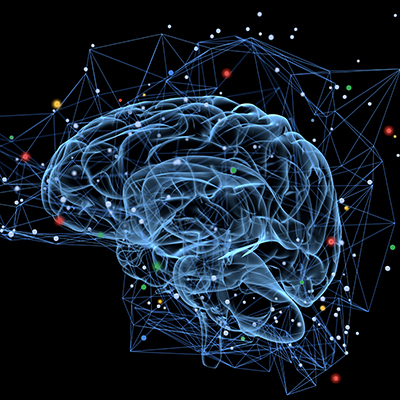“Machine learning is a core transformative way by which we are rethinking everything we are doing.”
– Sundar Pichai, Google Chief Executive Officer
Google RankBrain, announced in October of 2015, is a machine learning artificial intelligence system designed to return relevant search results for people who search for content using the Google Search Engine. The advent of Google RankBrain does not replace the existing Hummingbird search algorithm, but rather is an additional component of Hummingbird. While the term artificial intelligence may conjure up images of “I, Robot”, or interacting with the HAL 9000 in “2001 A Space Odyssey”, RankBrain is a system that is designed to learn based on the teaching of human participants. It is now considered to be the third highest ranking signal only being slightly less important than unique content or links back to your website.
Hummingbird is actually a collection of systems designed to perform different tasks within the Google Search Engine. These include Payday to battle spam, Top Heavy to filter ad-heavy pages, Pigeon to handle local search results, Pirate to filter copyright infringement and Mobile Friendly which rewards your pages for being mobile friendly.
How does Google RankBrain work?
The Google RankBrain algorithm is only a part of the Hummingbird system. Up until the introduction of RankBrain, all of the Google query results were refined by a human being somewhere within the system. Since Google processes approximately three billion searches a day, this can be an overwhelming task. While there is some automation involved in the process of developing stemming lists or synonym lists, the process was dependent upon human interaction.
Google has revealed that Google RankBrain recognizes patterns between what may seem like unconnected complex searches to learn how they might be similar to each other. As it learns, the system better understands complex searches and if they are related to specific topics. The most important factor here is that Google RankBrain then groups these searches into the results that users want to see. The use of multiple word searches, often called long tail keywords, are interpreted more efficiently than by a human being to translate into effective search results.
It is important to note here that the Google RankBrain system does all of its learning offline. The system is fed batches of past searches that is uses to learn how to make predictions against. These predictions are then tested for validity and, if good, are then rolled into the next version of Google RankBrain to go live.
Top Ranking Factors
Google announced that Google RankBrain was one of the top three factors for Search Engine Placement. The other two factors are content and the links from other websites that point to your site.
This does not remove the requirements from approximately 200 major factors and up to 10,000 sub-factors that are made up by the Hummingbird algorithm. The reason I say approximately here is due to the fact that Google has historically kept the exact inner workings of all of its algorithms secret. The Google RankBrain Bloomberg Article cites “hundreds” of signals that are used by the Hummingbird algorithm.
Google RankBrain Performance Results
The Google search engineers who spent their time building algorithms for the existing search software were asked to look over some of the results provided by the RankBrain system. This involved entering searches and predicting what results would be displayed first. In 70% of the searches, the human engineers guessed correctly. Google RankBrain scored an 80% accuracy rate using artificial intelligence and machine learning.
Closing Thoughts
Google RankBrain is not the first example of search engines using artificial intelligence to improve their search product. Microsoft Bing was using RankNet as early as 2005 to return search results based on an artificial intelligence paradigm. One of the major differences between RankBrain and RankNet is that RankNet performs its filtering in real time whereas RankBrain does most of its learning offline. Facebook is using artificial intelligence to build the newsfeed that appears on your Facebook social media home page. Artificial intelligence and machine learning are finally making the transition from being fascinating theories to implementing practical applications.



